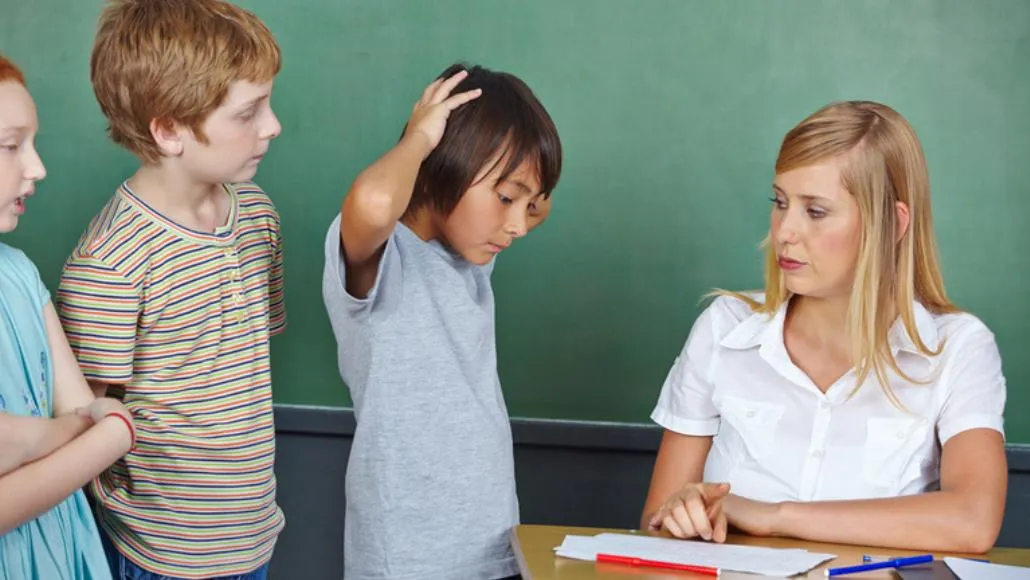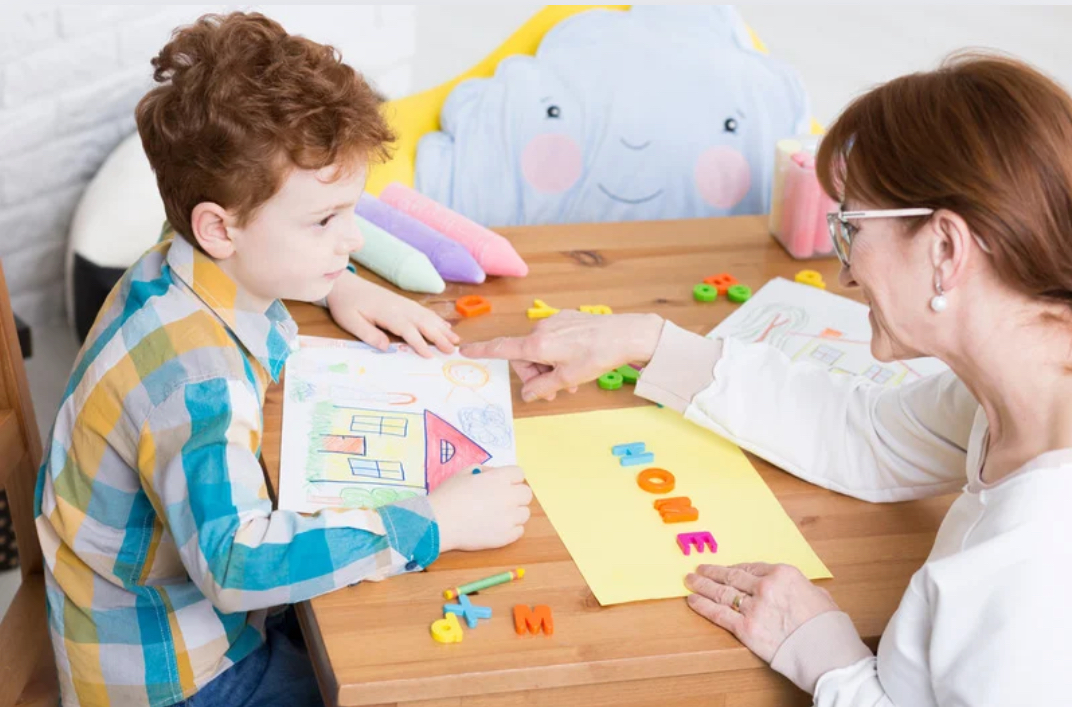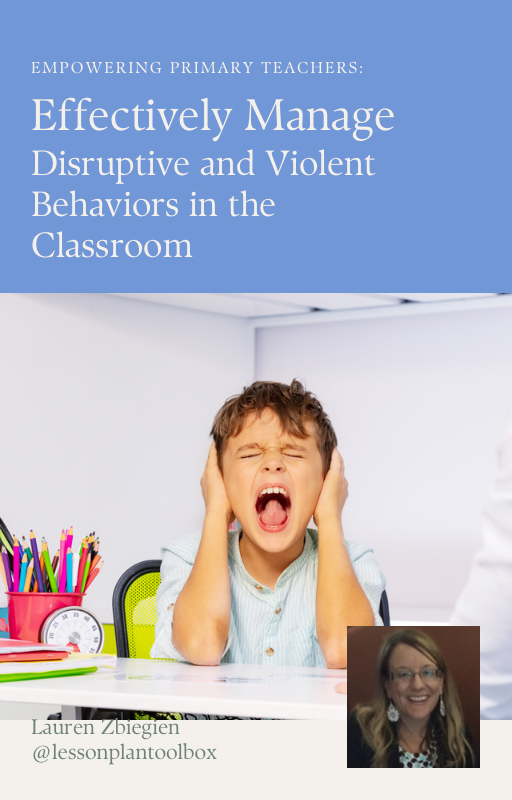
Silencing the Chaos: How to Quiet a Classroom Full of Disruptions and Rudeness

Click here to watch the YOUTUBE version of this post.
Welcome to our yearlong series on Classroom Management by Design for Primary Teachers. Each week we will give you a new piece to the classroom management puzzle to have in place when you need it this school year. Think of it as a Lego kit just waiting to be built.
Classroom Management by Design for Primary Teachers - Week 13:
Mastering Classroom Management: Silencing the Chaos - How to Quiet a Classroom Full of Disruptions and Rudeness
Classrooms can sometimes feel like a whirlwind of noise, especially when students call out, talk over you, or engage in rude behavior. In such environments, traditional methods like raising your voice or issuing warnings often fall flat. Instead, a deeper, more creative approach is needed to restore order and respect in the classroom. Below, we'll explore strategies that address the root causes of these behaviors and provide effective ways to quiet your classroom without losing your cool.

1. The "Mystery Reward" Technique 🕵️♀️
When students constantly interrupt or talk over you, it’s often because they’re seeking attention. The "Mystery Reward" technique harnesses that desire for attention in a positive way by turning good behavior into a game.
Strategy:
- Immediate Intervention: Start by introducing the concept of a "Mystery Reward." This could be something simple like extra recess time, a fun class activity, or a small treat. The catch? The reward is only revealed if the entire class manages to stay quiet and follow directions for a set period. You can build suspense by dropping hints throughout the day, keeping their curiosity piqued.
- Long-Term: Make the Mystery Reward a recurring theme in your classroom. Change the reward weekly to keep it fresh and engaging. Over time, students will associate staying quiet and respectful with positive outcomes, reducing the need for constant reminders.
Why it works: The element of mystery keeps students engaged, while the group dynamic encourages peer accountability. They learn that following rules can lead to exciting surprises, which gradually reduces disruptive behavior.

2. The "Talking Stick" Reinvented 🎤
The ancient concept of the "Talking Stick" has long been used to ensure respectful communication in group settings. Reinventing it for the modern classroom can help students understand the importance of taking turns and listening to others.
Strategy:
- Immediate Intervention: Introduce a physical object—like a unique microphone, a decorated stick, or a small plush toy—as the "Talking Stick." Only the person holding it is allowed to speak. When students begin to talk over you or each other, calmly remind them of the rule and pass the Talking Stick to the student who has the floor. Ensure that everyone has a chance to use it.
- Long-Term: Rotate the role of the Talking Stick holder during class discussions or Q&A sessions. Encourage students to ask for the stick before speaking, gradually teaching them to respect speaking turns without the need for the object.
Why it works: The physical presence of the Talking Stick reinforces the concept of turn-taking. Over time, students internalize this practice, reducing instances of talking over others.

3. The "Respect Contract" 📜
Instead of a points system, create a "Respect Contract" that involves the entire class in setting expectations and holding each other accountable. This gives students ownership over their behavior and promotes a sense of collective responsibility.
Strategy:
- Immediate Intervention: Collaboratively create a Respect Contract with your students at the beginning of the school year. Outline specific behaviors that demonstrate respect, such as listening when others speak, using kind words, and raising hands before talking. Have each student sign the contract and display it prominently in the classroom.
- Long-Term: Revisit the Respect Contract regularly, especially after incidents of rudeness or disruption. Hold a class meeting where students can discuss how well they’re following the contract and suggest adjustments if needed. This keeps the contract relevant and top of mind.
Why it works: The Respect Contract fosters a shared commitment to positive behavior. When students feel involved in setting the rules, they’re more likely to follow them and hold their peers accountable.

4. The "Power of Pause" Technique ⏸️
Talking over the teacher often happens when students feel their voices aren't being heard. The "Power of Pause" technique turns this behavior on its head by giving students designated moments to express themselves without interrupting the flow of the lesson.
Strategy:
- Immediate Intervention: During your lesson, introduce intentional pauses where students are invited to share their thoughts or ask questions. Make it clear that these are the only times for speaking, and anyone who interrupts outside of these pauses will need to wait until the next one. Use a timer or a visual cue, like a hand signal, to indicate when the pause is happening.
- Long-Term: Integrate the Power of Pause into your daily lessons. Over time, students will learn to hold their thoughts until the designated moments, reducing the urge to interrupt. You can also increase the duration between pauses as their patience improves.
Why it works: Structured pauses give students a clear expectation of when they can speak, reducing impulsive interruptions. It also teaches self-regulation, a crucial skill for maintaining classroom order.

5. The "Silent Partner" Challenge 👫
For students who constantly call out, the "Silent Partner" Challenge is an effective way to encourage self-control and active listening. It pairs students together and challenges them to complete tasks without speaking out of turn.
Strategy:
- Immediate Intervention: Pair students up and give them a task that requires cooperation, such as solving a puzzle or completing a worksheet. The challenge? They can only communicate silently—using gestures, facial expressions, or written notes. This encourages them to focus on non-verbal communication and listening, rather than calling out.
- Long-Term: Use the Silent Partner Challenge as a regular classroom activity. Over time, students will develop better self-control and communication skills, which naturally reduces disruptive calling out.
Why it works: The challenge element makes it fun, while the focus on non-verbal communication helps students practice patience and respect for others’ turns to speak.

Conclusion:
By using these creative, deeper strategies, you can transform a classroom filled with interruptions, talking over, and rudeness into one where respect and cooperation reign. It’s about shifting the focus from merely stopping the behavior to teaching students why respectful communication matters—and giving them the tools to succeed.
SHOCK-TOBER Fall Classroom Management Success Challenge Coming Soon...
Want to join the wait list? Click Here
DID YOU KNOW…
Did you know I organize a FREE Facebook Group for Mastering Classroom Management? We are gearing up for our school year quarter sessions, so if you’re looking for a simple way to improve your classroom management join the already 200+ teachers that have signed up: Mastering Classroom Management Facebook Group
Your ebook GIFT: Empowering Primary Teachers: Effectively Manage Disruptive and Violent Behaviors in the Classroom

FINALLY…
If you enjoyed the tips in this post, you might also enjoy this series of videos Classroom Management by Design for Primary Teachers:
Diffusing Extreme Behaviors in the Primary Classroom
Avoiding Common Classroom Management Mistakes
Vision and Values for Your Classroom
Don’t forget to follow us over on Instagram!
Teach~Relax~Repeat
Lauren
